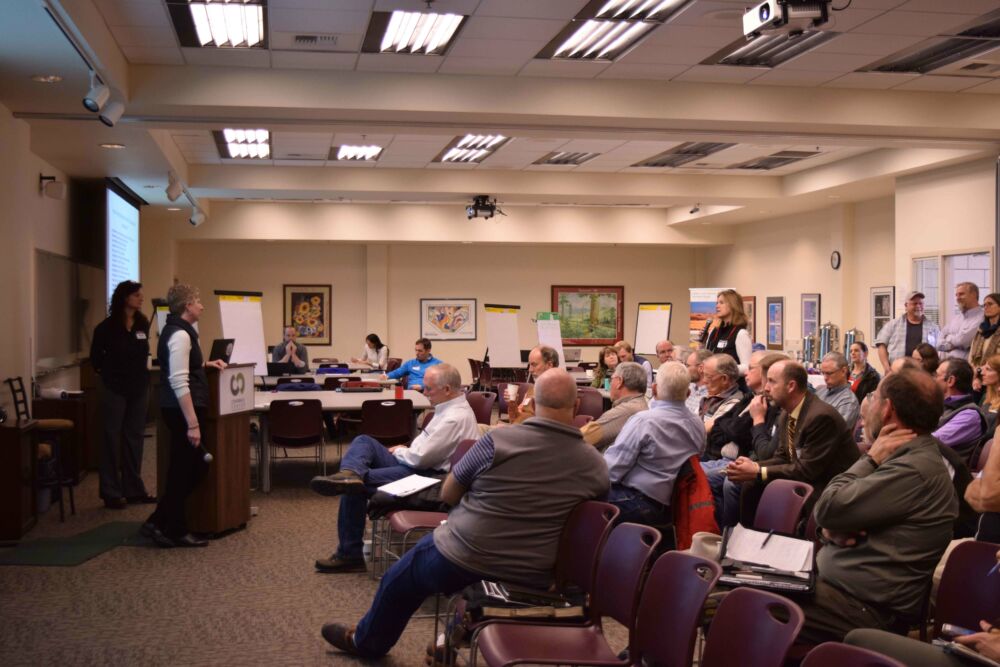All year, we share amazing stories about recreating on and restoring National Forests and Grasslands. Stay in the loop and sign up for Tree-Mail today!
The USDA Forest Service (FS) has launched an Agency-wide effort to improve processes related to Environmental Analysis and Decision Making (EADM). The goal of the effort is to increase the health, diversity, resilience, and productivity of National Forests and Grasslands by getting more work done on-the-ground through increases in efficiency and reductions in the cost of EADM processes.
The FS has explored opportunities to improve EADM for over thirty years. Why is this a priority now? Here are a few of the compelling reasons:
The USDA Forest Service (USFS) asked the National Forest Foundation (NFF) to assist in hosting ten EADM Regional Partner Roundtables across the country in February and March 2018 with the objective of collecting diverse partner feedback to inform EADM processes on local, regional and national scales. The NFF and USFS worked closely together to plan, coordinate, and facilitate the roundtables. The NFF prepared a summary report for each of the ten roundtables that capture themes related to challenges and barriers, desired outcomes, and strategies and solutions within each region as well as a national summary.

In the national summary report, we organize partner input into nine themes and describe perceptions of the identified problems and leverage points for each. The report details many important leverage points that are worthy of attention, however here is a summary of the key takeaway messages:
Partners want to engage in collaborative settings with the Forest Service earlier in project development, desire more transparency in Agency processes, and are interested in and willing to share the risk around EADM processes.
Partners recommend holding joint trainings with Forest Service staff on laws, agency process and collaboration. Partners want clarification on common characteristics of both excellent collaborative processes managed by the Forest Service and community-based collaborative groups to ensure consistency and quality, while enabling flexibility for local innovation.
Partners want to play a larger role in sharing technical resources, expertise, volunteers, and data. In a resource-scarce environment, the Forest Service needs better systems to leverage the resources partners offer.
The high frequency of staff transitions, and the way transitions are currently managed by the Forest Service, are major barriers to EADM and to community relationships.
The specific purposes of the Regional Partner Roundtables were to:
The USFS invited highly-engaged partner organizations, Tribes, governmental representatives and businesses to participate in the roundtables. The USFS also requested formal comments from all members of the public in response to an Advanced Notice of Proposed Rulemaking (ANPR) in January 2018 regarding the National Environmental Policy Act, and is working toward issuing a proposed rule for additional comment.
March 19, 2018 Lakewood, CO and other locations by video teleconference
March 29, 2018, Salt Lake City, UT
March 27, 2018, Rancho Cordova, CA
March 12, 2018, Milwaukee, WI and other locations by Adobe Connect
March 22, 2018, Juneau, AK
March 14, 2018, Washington, DC